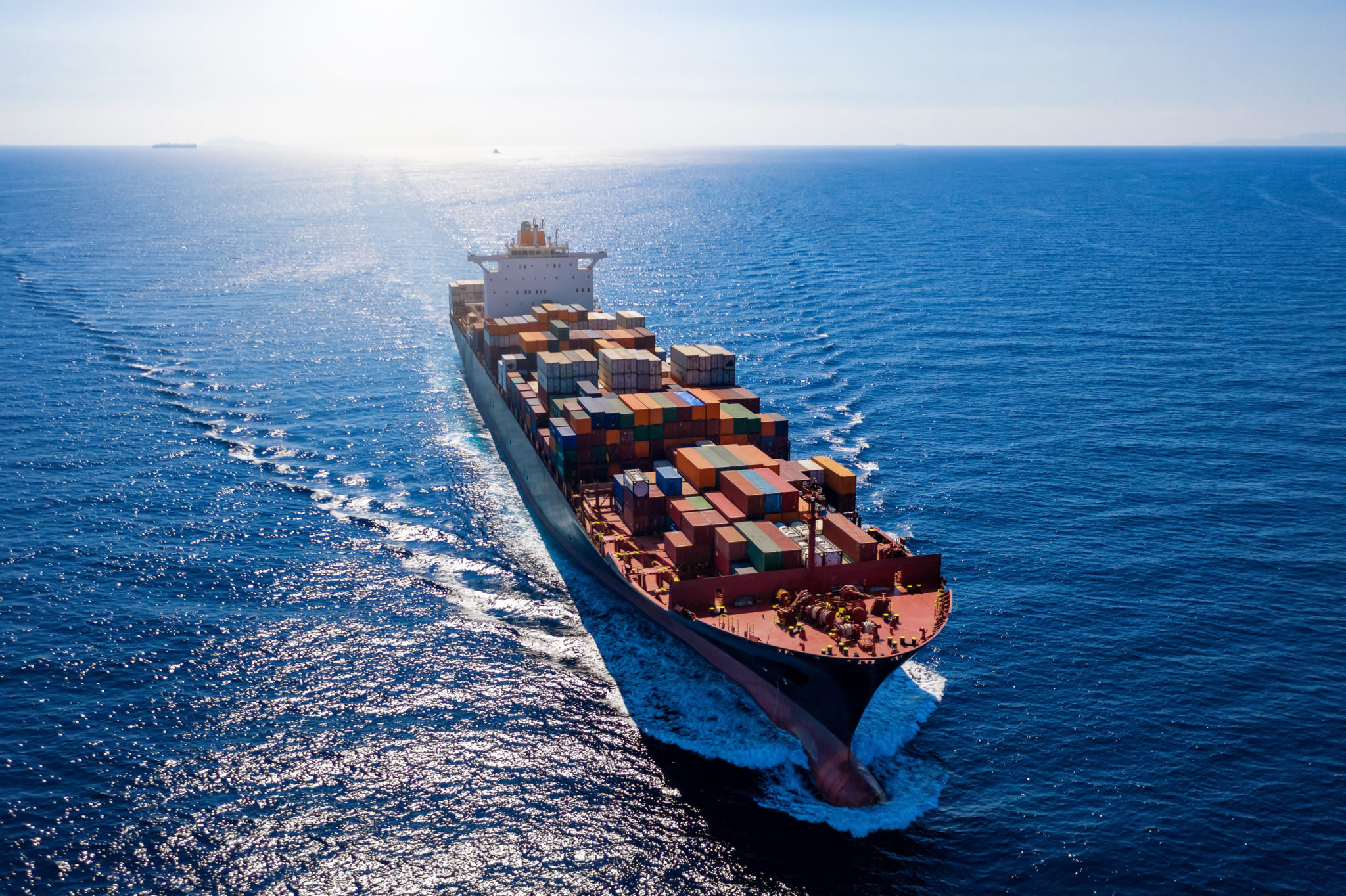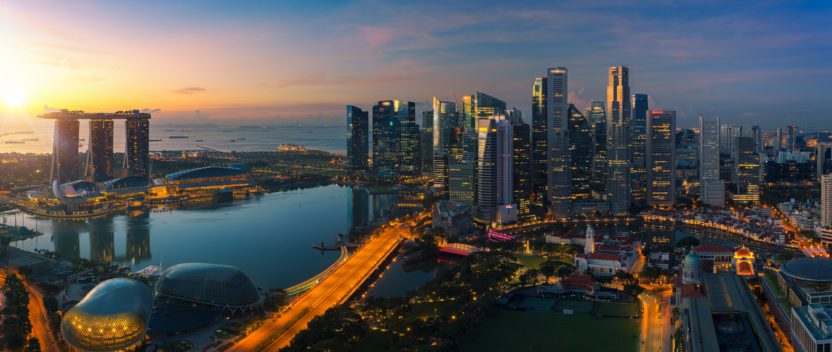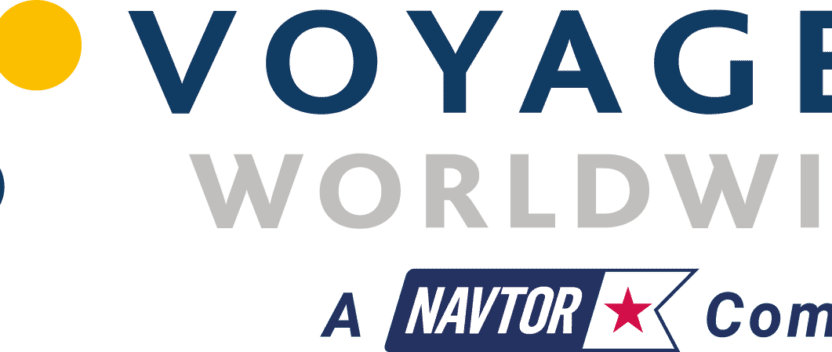Time out, but no time off

The current crisis continues to provide a daily test of the resourcefulness of the maritime supply chain. While the economics behind it are diverging wildly depending on which sector is considered, the focus on the environmental agenda is a constant background hum.
That is in part due to the drop in local pollution and carbon emissions from the fall in industrial and transport activity and in part due to the postponement of IMO meetings designed to keep the green agenda moving forwards.
Some of the momentum towards a more sustainable industry that took place 2019 has inevitably been lost but one suspects the dramatic improvements in air emissions this year will serve as an incentive for greater pressure once some kind of normality returns.
What comes next was discussed in a recent Future Fuels Webinar hosted by Lloyd’s List, bringing together speakers to discuss short and long term developments. The first and most pressing is whether Coronavirus has derailed the regulatory agenda?
Christos Chryssakis of class society DNV GL thinks not, rather that the era of government intervention we are currently experiencing might be extended to solving the longer term problem. “In the short term there could be small delays; companies are thinking how to prepare for future and what comes next. In the longer term, the process is not derailed, it might even be accelerated,” he said.
The bunker industry also faces a short versus long term conundrum. As IBIA Director Unni Einemo pointed out, the pandemic is benefitting GHG reductions for all the wrong reasons, with tremendous demand destruction and no clear indication of how long the economic damage will last.
“The combination of such a low oil price and companies fighting to survive makes it hard to see the industry move away from oil quickly because alternative energies cost more. High oil prices create a focus on energy efficiency and that is part of the IMO strategy, but in the longer term we need new low and zero carbon fuels and without regulation we won’t get there,” she said.
The Methanol Institute’s Chris Chatterton agreed the transition looks more expensive and longer than first envisaged but also suggested the ‘significant reboot’ that follows the pandemic could have positive aspects in terms of a much greater focus on sustainability. “There is a lot of fall out in the interim but that will promote more investment in bringing cleaner fuels to market.”
A point of agreement is that there is not a single fuel solution, but a staged transition that enables owners to make medium and longer term choices without ending up with stranded assets. Those decisions are driven by different ship types and trades and there need to be a clear distinction between available solutions like LNG and Methanol and future solutions like Hydrogen and Ammonia which are much discussed but some distance from commercial availability.
“There are significant cost challenges with Hydrogen and Ammonia but there are other solutions that can work for the transition without need for huge capital expense. Methanol can be retrofitted at reasonable cost and the additional cost of dual fuel newbuild is negligible said Chatterton. From a price perspective, Methanol has been cheaper than MGO for a decade on an energy equivalent basis.
It’s likely that cost is going to be the most definitive driver in both the short and long term. Recent research from class society Lloyd’s Register noted that the primary driver for the competitiveness of a zero-emission vessel when compared to a ship running on fossil fuels is the fuel price and it is very difficult to have absolute certainty about how these costs will evolve.
When ferry company Stena converted the Stena Germanica to Methanol to meet ECA requirements five years ago, it judged the cost of a conversion to LNG as too high, added Einemo, though prices had moved by the time the regulations were in force.
To drive change faster, incentives such as those that drove the initial uptake of LNG as fuel will probably be necessary, while the regulations needed to provide confidence in new fuels are developed. This is already happening for Methanol ad there are technical references for bunkering under development.
For IBIA members, the challenge is that a supplier of fuel oil and LNG are very different things. For the supplier as well as the owner, the initial cost intensity of using a cryogenic fuel also has risks for longer term cost efficiency and buyers are more worried than ever about making the wrong choice.
Building a ship for the next two decades requires flexible fuel capability such as dual fuel LNG/Methanol and also relies on greater volumes of renewable fuels becoming available to meet IMO carbon intensity reduction targets by 2050. IMO regulation currently assesses carbon emissions on a tank to wake basis, favouring LNG and Methanol, but this could change. If fuels must be judged from well to wake, all must become greener.
For now, the need is to work towards developing the infrastructure for future solutions while focusing on how to manage the transition after the IMO agrees short term measures. The immediate need is to understand where these fuels will come from, how much can be produced from renewable or synthetic sources.
If this sounds like science fiction then it shouldn’t. Until the oil price fall and Coronavirus, it was increasingly cost effective to use renewable energy to produce a clean fuel like Methanol using surplus electricity or converting CO2 from industrial processes. “It can be overlooked but producers are moving forward in their decarbonisation efforts that provide a clear pathway,” added Chatterton. “We do need to look for holistic solutions not to solve problems in isolation; this is not shipping-specific, we need to look closely at what’s going on ashore.”
How easy it will be for refiners to produce new fuels is not clear. They proved adept at managing the switch to low sulphur fuels in the run up to 2020 and Einemo noted that the driver for this was a clear cut-off date. Once again, without regulatory clarity, the process risks stalling.
As Chryssakis added, it should be clear to the industry that decarbonisation is not solely shipping’s responsibility and that is why regulations are important. “Unless regulations are clear and we know what is requited, no one will build the infrastructure. Regulations will guide the direction, help owners and infrastructure developers, otherwise we are still just exploring.”
Once the IMO returns to full activity, the work of agreeing short term measures and cementing long term goals will resume. What the industry might still need to grasp is that once the targets are set in stone the choices for compliance are in its hands.


